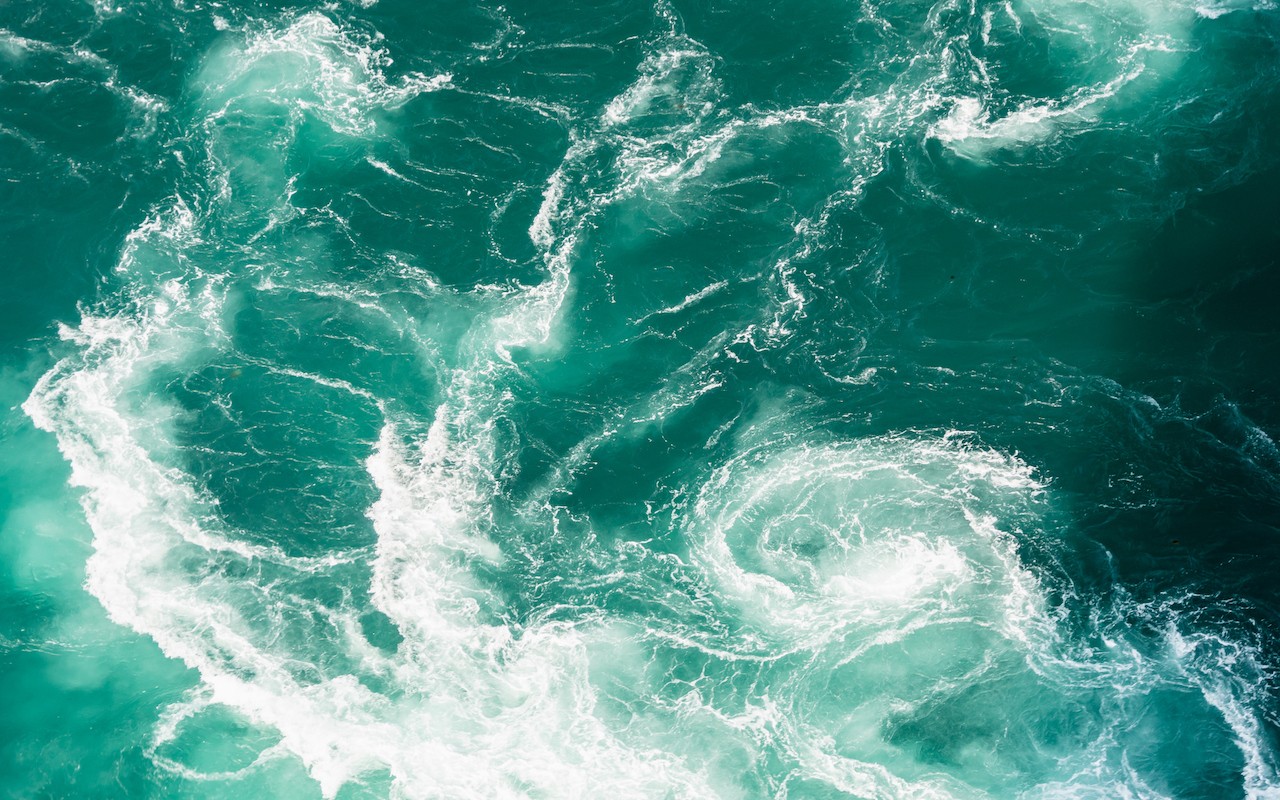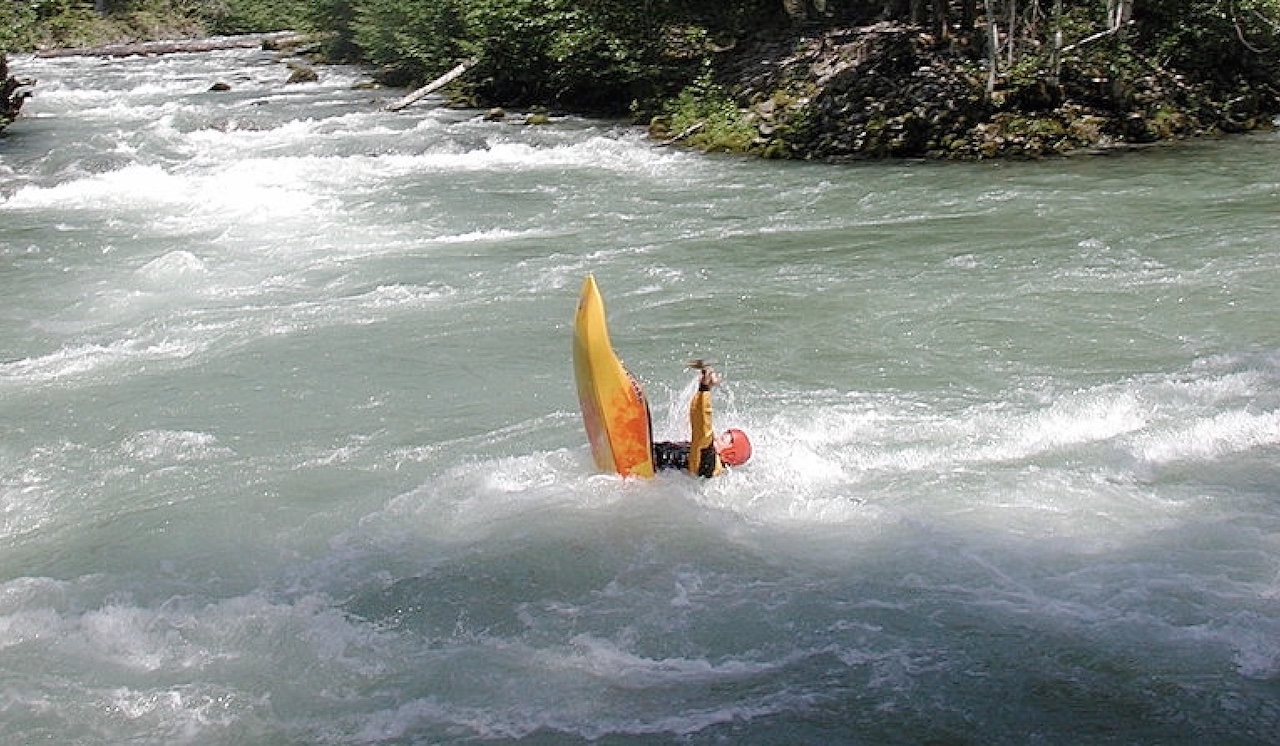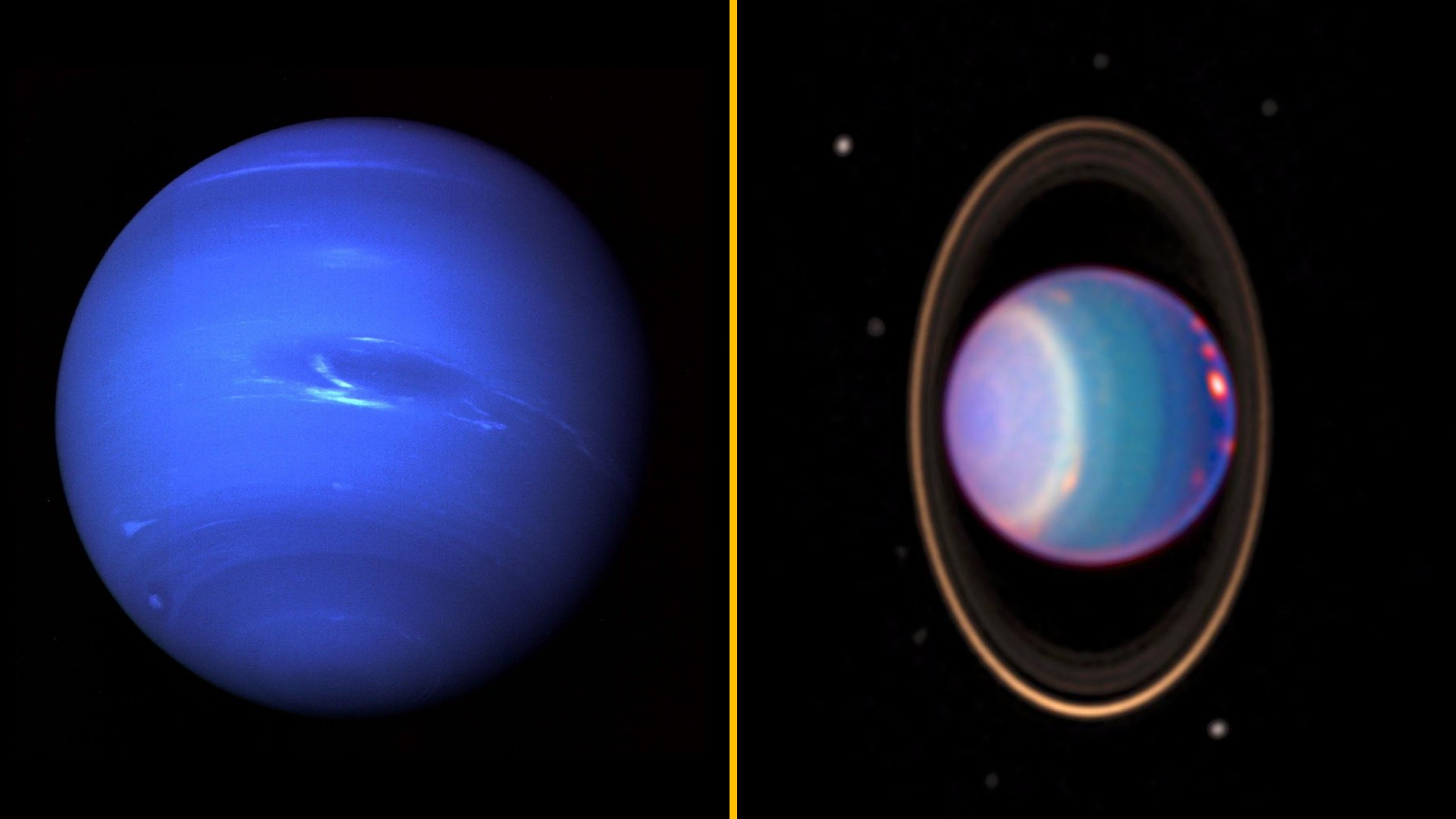Whirlpools: Facts, formation and survival tips
Whirlpools are ominous vortices with the power to suck nearby objects into a watery spiral. Take a look beneath the surface.

Fast-flowing currents in oceans and rivers constantly change direction. Whirlpools are phenomena that form when water moving in two different directions comes into contact with each other and interact in an unusual way. They can't continue to travel at the same speed and direction through each other, so they are forced to turn and swirl around each other.
Depending on the volume of water and force of colliding waters, whirlpools can appear in different sizes. Some whirlpools form and disappear over a short period of time, while some water systems keep whirlpools for centuries, according to the Niagra Parks website. The larger and more dangerous whirlpools are called maelstroms. These hold the power to fatally engulf anyone who comes too close.
Whirlpool formation
How to survive a whirlpool
Whirlpools aren't as destructive as they are portrayed in fiction, such as the whirlpool battle in Pirates of the Caribbean. However, they do pose danger to people and small boats, according to the book. Most people won't experience the entrapment of a whirlpool's force but for many, such as kayakers, it is useful to know how to survive one.
According to World Champion kayaker, Ken Whiting, you need to make sure to wear protective gear when entering the water, such as a life vest and helmet. These can protect you from the harsh currents surrounding whirlpools. If you see any signs of whirlpools, it is best not to enter the water at all.
In the event of entering a whirlpool, you shouldn't move in the same direction as the water flow and should aim for the outer edge rather than the center. When in a boat or kayak, try to prevent the boat from filling with water. In some instances, the whirlpool can throw you back out, according to Smithsonian Magazine.

World-famous whirlpools
Saltstraumen
In Norway, south of the city of Bodø, a small strait has one of the strongest tidal currents in the world, according to World Atlas. Where Skjerstad fjord and Salten fjord link together, water can travel at 10 meters per second to create this giant whirlpool up to 32.8 feet (10 meters) wide and 16.4 feet (5 meters) deep.
Get the world’s most fascinating discoveries delivered straight to your inbox.
Old Sow
Formed in the waters between Deer Island and Moose Island in Canada, Old Sow is one of the largest whirlpools in the western hemisphere. It can vary in size, within a diameter of around 250 feet (76 meters). Usually, several smaller whirlpools surround it.
Naruto
Between Tokushima and Hyogo in Japan, the tidal whirlpool Naruto can form up to 66 feet (20 meters) in diameter. Water enters the narrow Naruto strait at speeds of 12 mph during spring tides.
Corryvreckan
Located between two rocks off the west coast of Scotland, this whirlpool is produced by the uneven sea bed. Deep pits and basalt pinnacles increase the speed of the water that flows through. It is considered to be the third largest whirlpool in the world.
Moskstraumen
In the Norwegian Sea, between Mosken island and the southern part of the island of Moskenesøya, is the second strongest whirlpool in the world. At its largest, it is about 160 feet (49 meters) in diameter.
Additional resources
You can read more about the Naruto whirlpools of Japan at the Japan Guide website. Additionally, to find out about the giant Lofoten maelstrom, visit Nature.com.
Bibliography
- "Niagra Falls Geology: Facts and figures". Niagra Parks (2022).
- Whiting, K. "Whitewater Kayaking: The Ultimate Guide". (Heliconia Press, 2008).
- "Managing Whirlpools" Paddling.com (2022).
- "Close Encounters With the Old Sow" Smithsonian Magazine.
- "The World's Largest Whirlpools". World Atlas (2018).

Ailsa is a staff writer for How It Works magazine, where she writes science, technology, history, space and environment features. Based in the U.K., she graduated from the University of Stirling with a BA (Hons) journalism degree. Previously, Ailsa has written for Cardiff Times magazine, Psychology Now and numerous science bookazines. Ailsa's interest in the environment also lies outside of writing, as she has worked alongside Operation Wallacea conducting rainforest and ocean conservation research.


